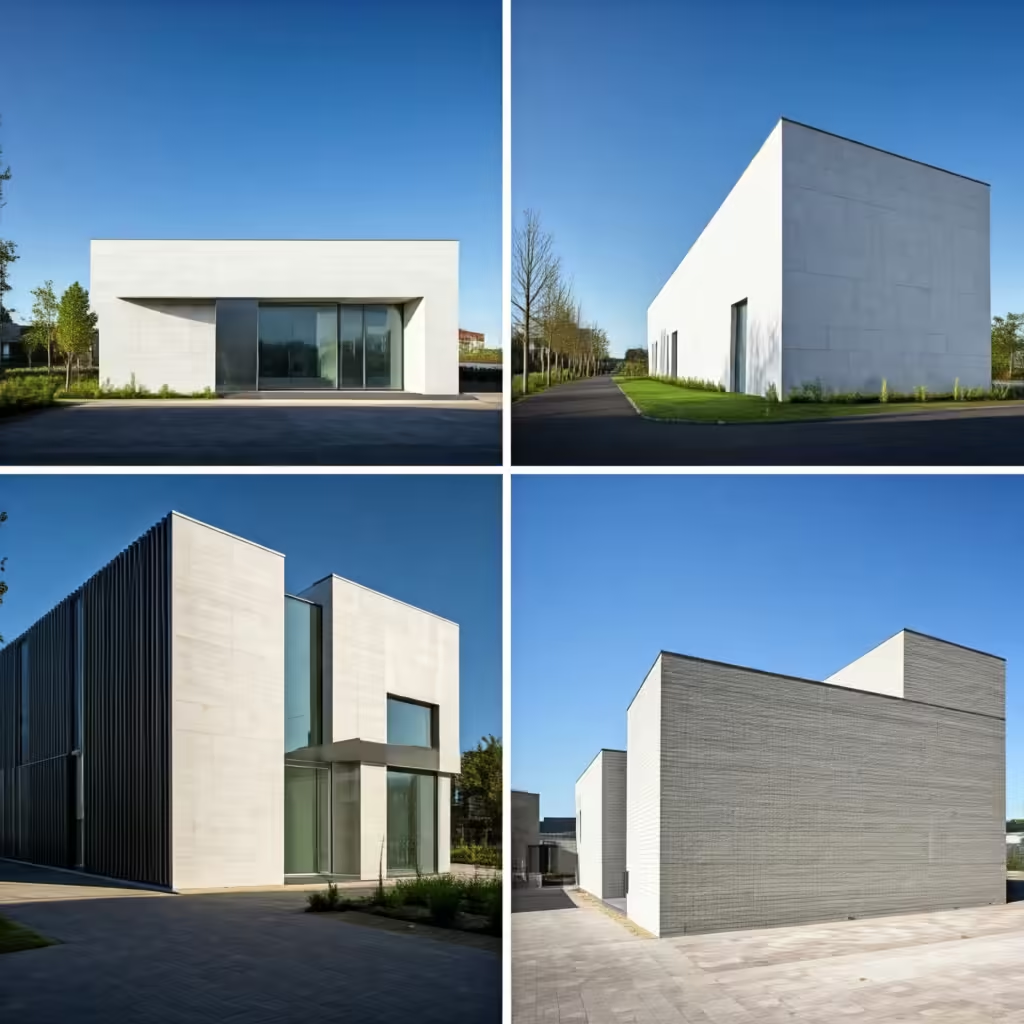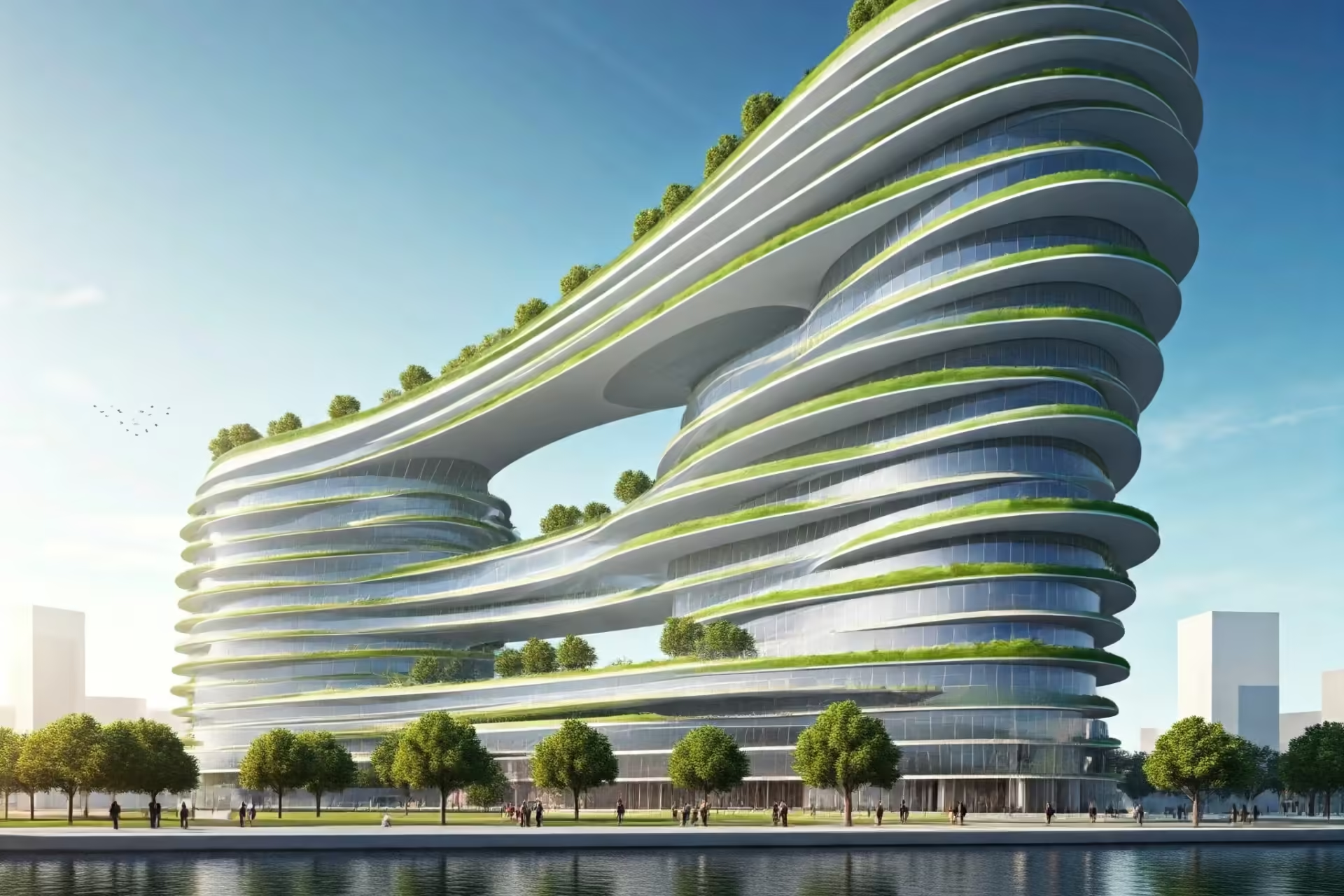As architecture continues to evolve, several key trends are shaping the way we think about and create our built environments. From incorporating nature to embracing technology, here’s a look at some of the most influential architectural trends today.
1. Biophilic Design
Biophilic design focuses on connecting people with nature, promoting well-being and sustainability. This trend incorporates natural elements such as plants, natural light, and water features into architectural designs. By creating spaces that foster a connection to the outdoors, biophilic design enhances air quality and overall mental health, making it a favorite for residential and commercial projects alike.
2. Minimalism
Minimalism continues to gain traction in architecture, emphasizing simplicity and functionality. Characterized by clean lines, open spaces, and a limited color palette, minimalist design strips away excess to create calming environments. This trend encourages thoughtful use of materials and promotes a clutter-free lifestyle, resonating with those seeking tranquility in their spaces.
3. Smart Technology Integration
The integration of smart technology into architectural design is revolutionizing how we interact with our spaces. From automated lighting and climate control to security systems and IoT-enabled devices, smart technology enhances comfort and efficiency. Architects are increasingly designing homes and buildings with integrated tech that adapts to users’ needs, creating more intuitive living and working environments.

4. Sustainable Materials
Sustainability is at the forefront of modern architecture, with a growing emphasis on using eco-friendly materials. Architects are exploring options like reclaimed wood, recycled metals, and bio-based materials that reduce environmental impact. This trend not only addresses climate change but also promotes healthier indoor environments.
5.Adaptive Reuse
Adaptive reuse is gaining popularity as a sustainable approach to architecture. This practice involves repurposing existing structures for new uses, preserving historical elements while meeting contemporary needs. By revitalizing old buildings, architects reduce waste and conserve resources, making adaptive reuse a key trend in urban design.
Current architectural trends reflect a deepening awareness of sustainability, technology, and well-being. As we look to the future, these trends will continue to shape our built environments, creating spaces that are not only beautiful but also functional and harmonious with our surroundings. Embracing these innovations, architects are crafting a future where design enhances both life and the planet.
Want to submit your own blog? Submit here



